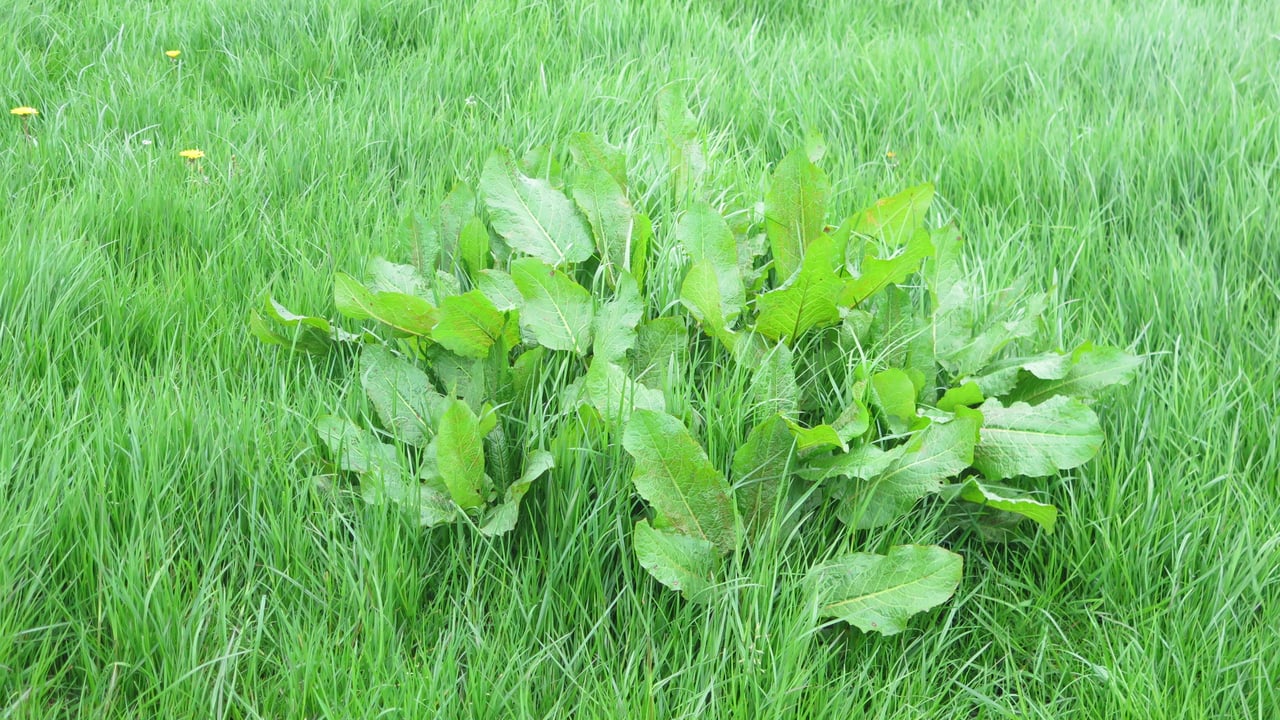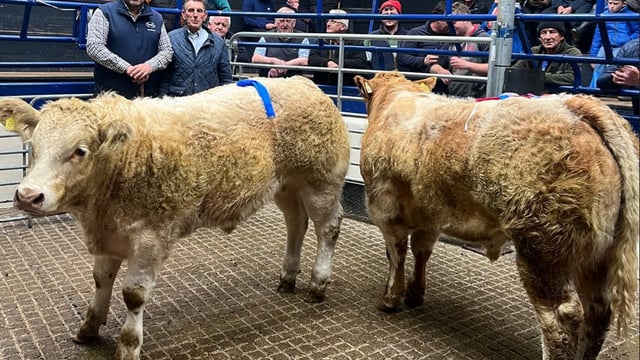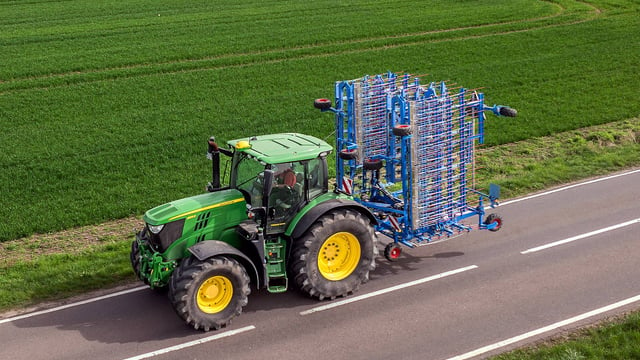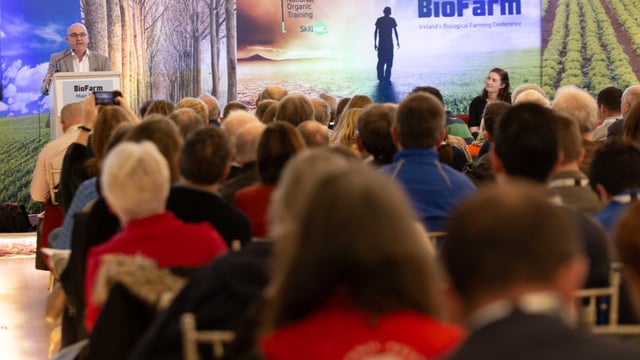Controlling docks in your grassland swards
Docks are a difficult weed to control - in fact, all perennial weeds are difficult to control, as the same plant continues to grow every year, while still being able to flower and set seed.
Docks are a particular headache for farmers, as they have large deep roots and are constantly competing with grass for light, nutrients and space.
Controlling docks in your grassland swards can be done through integrated pest management and is advised by the Sustainable Use of Pesticides Directive.
Integrated pest management is not only a more sustainable way of controlling perennial weeds, but it is a more cost-effective method also, as it is simply a way controlling weeds through liming; crop rotation; drainage and cultivation techniques, rather than using pesticides.
Controlling docks
To apply the principles of integrated pest management to a dock infestation, the farmer should walk the fields to evaluate the following information:
- The level of dock infestation and other weeds;
- Stocking rate;
- Fertiliser application and type;
- Soil sample analysis;
- Silage cutting;
- History of dock treatment and products used;
- Poaching and supplementary feeding;
- Slurry application;
- Grazing management;
- Drainage.
This will help the farmer to make the decision on whether they are going to go down the route of an integrated pest management or the chemical route, or a combination of both.
A farmer may take the option of selecting a herbicide and blanket spraying when the docks are green, growing and are at the rosette stage.
In a lot of scenarios, the best course of action is to use a combination of integrated pest management and chemical control.
If it is an old pasture that is constantly giving trouble with weed infestation, reseeding is the best option, and preferably in the spring, rather than autumn, as the grass seed establishment is supported with better weather.
When you are reseeding, the ground should be sprayed off with glyphosate, followed by a plough and taking a soil sample on the ploughed field to identify what nutrients are lacking in the form phosphorus (P), potassium (K), and lime.
The work is not done yet, as the most important part of a successful reseed is the post-sowing management, as if the docks are not controlled at the seeding stage, you will be wasting your time with the reseed, as docks will establish themselves again.
Sward variety is also crucial to successful reseed, so, it is important to make sure to choose a variety that can compete with docks in pasture establishment.
In terms of your chemical control, use herbicides to targets the docks and other weeds before they reach 10cm in height or five to six weeks after reseeding.
Good fertiliser rates to match your stocking rate; rotational grazing; rotating silage fields for cutting; and topping fields when necessary, are good grassland practices that are needed to maintain a clean pasture.
Once you have established a quality reseed, the principles of integrated pest management should be used to manage the reseed and to limit the use of pesticides to control docks and weeds in the future.





